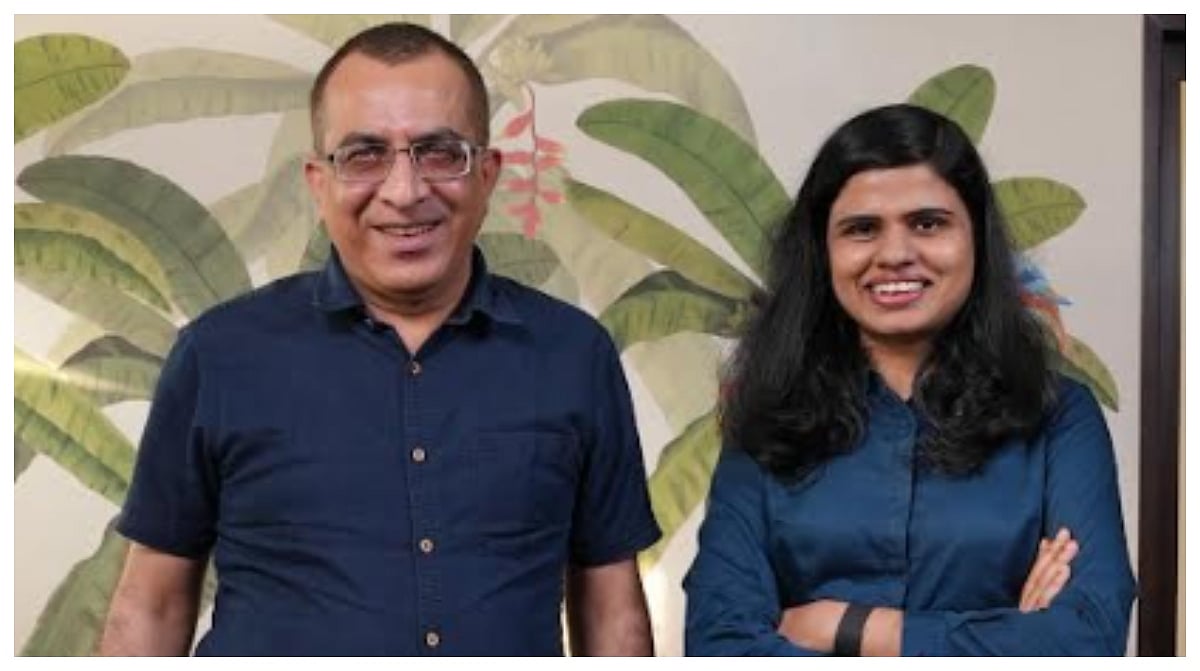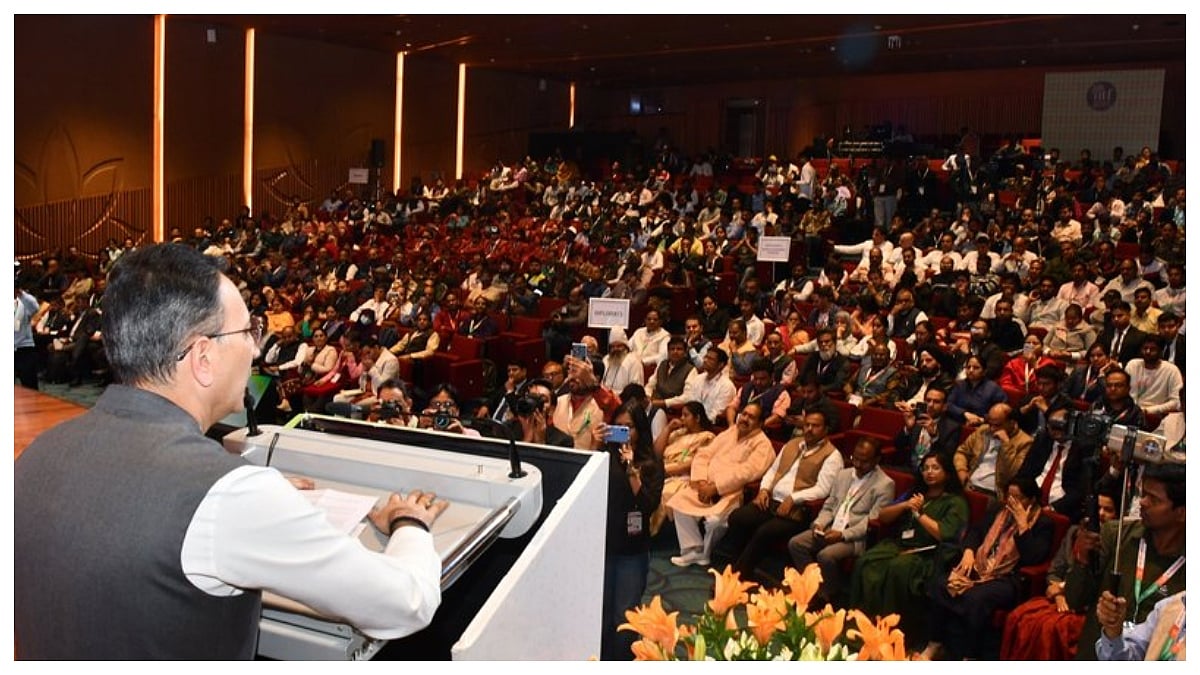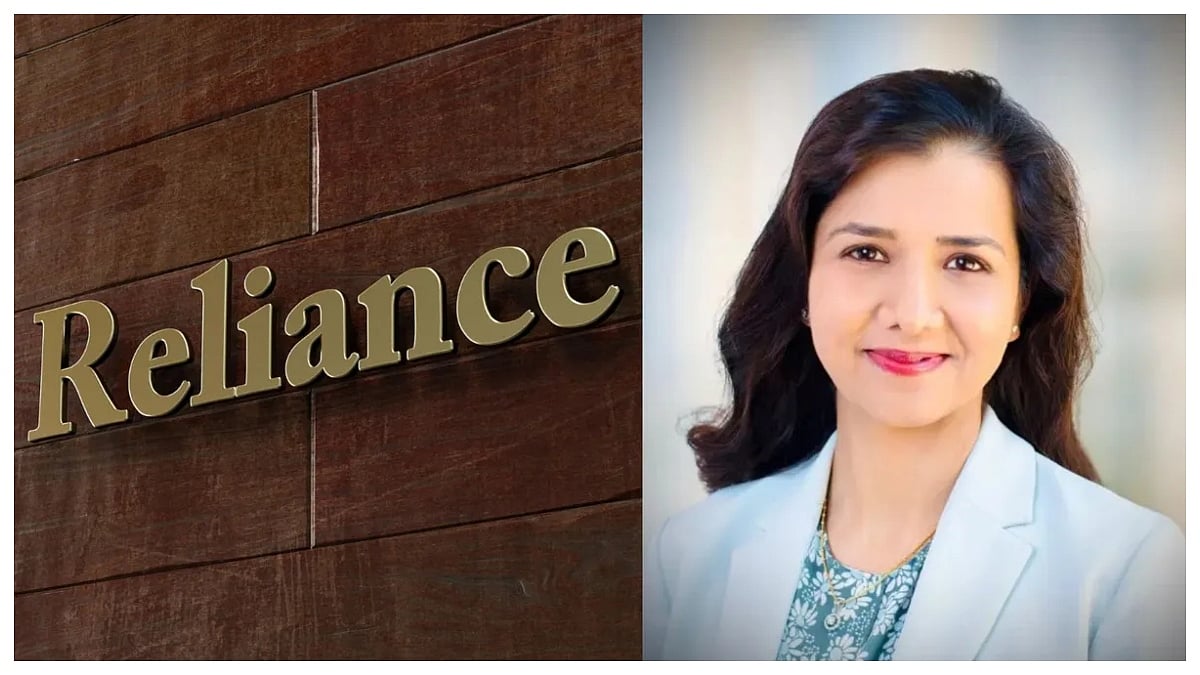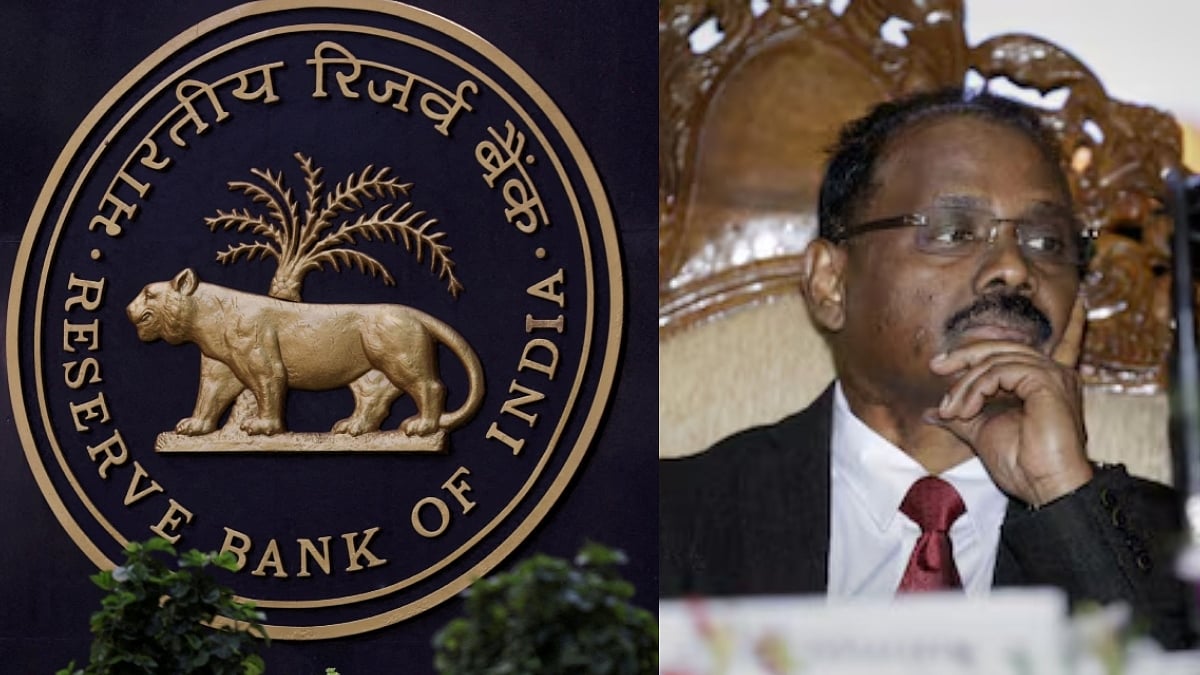Sonam Srivastava’s journey into entrepreneurship was partly catalyzed by working in foreign markets and the shutdown of a startup she had joined following the 2018 tariffs imposed by US president Donald Trump. Drawing on her decade long industry experience, she launched her own venture in 2019.
The firm's success aligned with the bull market that began in 2020. Wright Research’s quantitative, momentum-based strategies performed exceptionally well during this period and effectively managed risk, which helped it build a loyal following. While Srivastava maintains a humble outlook, noting that she has much more to do compared to industry peers, the firm currently advises over 500 investors, including High Net Worth Individuals (HNIs).
AI vs. Quant: Training Models on Financial Data
Srivastava clarified the distinction between general AI and its application in finance, during her conversation with host Vivek Law. Popular models like ChatGPT (LLMs) are primarily text generation models. Financial models, however, must be trained specifically on actual financial data. It is critical to teach these models about complex concepts like risk, return, and specific financial techniques.
Srivastava’s interest in AI developed early on. Her journey involved writing blogs that attracted foreign connections, leading her to collaborate on research papers and work with various institutions.
When discussing how AI is used in portfolio management, she emphasised that AI does not change the fundamental reasons for investing, that is focusing on valuation, growth, or technical trends, it examines the same data. The key advantage, however, is that the system can simultaneously read the data of thousands of companies and identify patterns that a human focusing on a single company might miss. This allows for the development of better strategies, which can be back-tested and improved for varying market scenarios.
The Evolution of Quant Investing in India
“Quant investing simply means investing through data,” says Srivastava. Wright Research follows a philosophy called "Factor Investing," which seeks to understand what factors influence the market, such as valuation (P/E ratio), growth, quality (Return on Earnings, management), and price trends.
Quant approaches these factors quantitatively, assigning numerical values to stocks and observing patterns across the entire dataset. While traditional analysts perform similar analyses manually like calculating DCF or looking at growth, the quantitative approach uses data systematically.
Srivastava noted that while AI can improve processes like refining simple regression models, the market success over the last five years was largely driven by using simple, yet effective, quantitative factors like momentum.
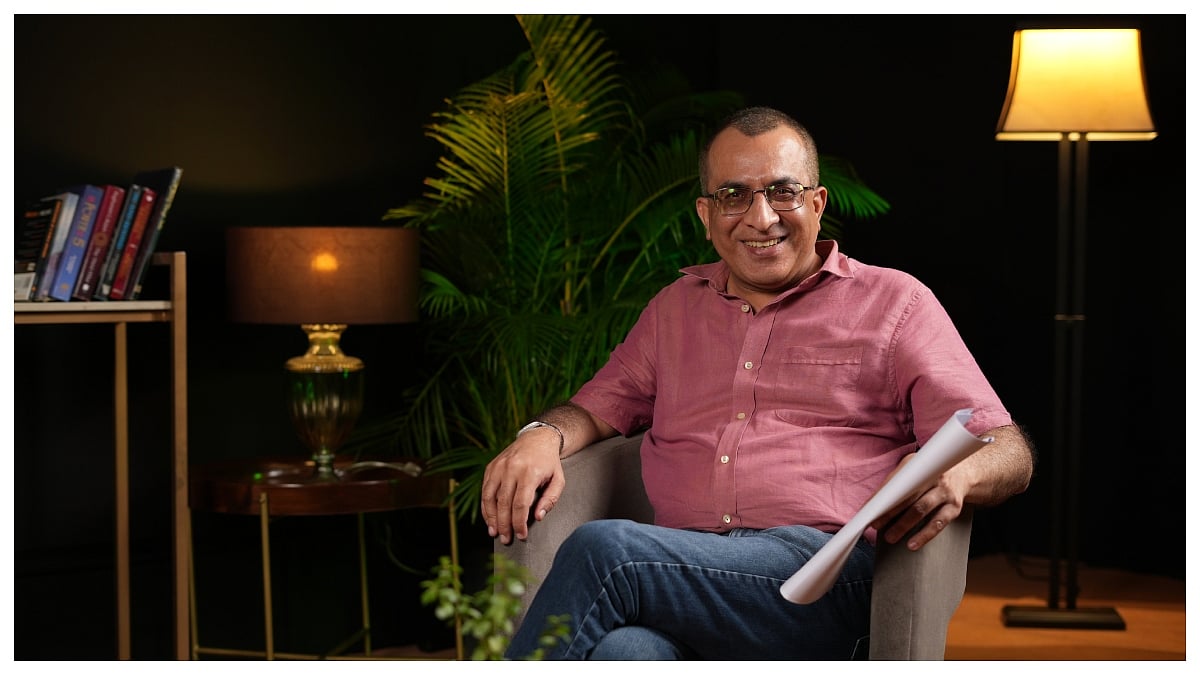
She highlighted that the environment in India has evolved significantly. A decade ago, when she was working in the industry, there was a lack of adequate data, and little belief in quant strategies. Today, India offers a diverse range of data, and the market’s breadth is increasing rapidly with new IPOs and investors, making systematic and AI/Quant-based strategies highly useful.
Navigating Risk and Long-Term Outlook
Equity markets inherently carry risk, but the quantitative method provides a systematic approach, validated through back-testing, which offers investors greater confidence in navigating the market.
Reflecting on the volatility of 2025, Srivastava confirmed that they learned that "you cannot say anything with assurance". Their models, however, provide probabilistic estimates, suggesting a 60-70% likelihood of beating the benchmark. The long-term outlook remains bullish due to expectations of recovering Indian earnings and other macro factors like potential rate cuts in the US. Their models are structured to capture emerging themes, shifting their focus from sectors like IT and PSUs to domestic companies like cement, auto, and chemicals, as required by the market.
Investment Strategy and Advice for Beginners
Wright Research provides its models through various instruments, including Portfolio Management Services (PMS), which require a minimum investment of ₹50 lakh. The company also offers portfolios on online platforms like Smallcase, where investors can start with ₹30,000–40,000. Typically, they create baskets of around 20-25 stocks, though their most popular model is a concentrated 10-stock basket, which offers rapid returns during runs but also experiences sharp falls during corrections.
For absolute beginners, Srivastava advised starting with easier instruments like mutual funds to build a base. Investing directly in equity without proper understanding, particularly in high-risk ventures like F&O, where over 90% of people lose money according to SEBI data, is dangerous. Systematic or expert-backed baskets of shares are a better entry point into direct equity because they offer guidance and logic, mitigating the overwhelming noise of the market.
Encouraging Women in Finance
Srivastava noted the low participation of women in serious investing. She observed that while data suggests rising participation in Tier 2 and Tier 3 cities, about 95% of her company’s clients are still men. She stressed that financial markets offer a crucial opportunity for wealth growth, and women should take the initiative, even starting with basic instruments like mutual funds. Women often make better investors because they tend to be conservative, prioritise safeguarding their money, and rely on their instinct, but the number of serious female investors needs to increase dramatically, she said.
Srivastava concluded that wealth is built over the long term, and managing investor expectations and providing clear understanding of market volatility is crucial for long-term retention. The best investors, she says, are those who show confidence and invest during market corrections, gaining that maturity only through experience and understanding.
